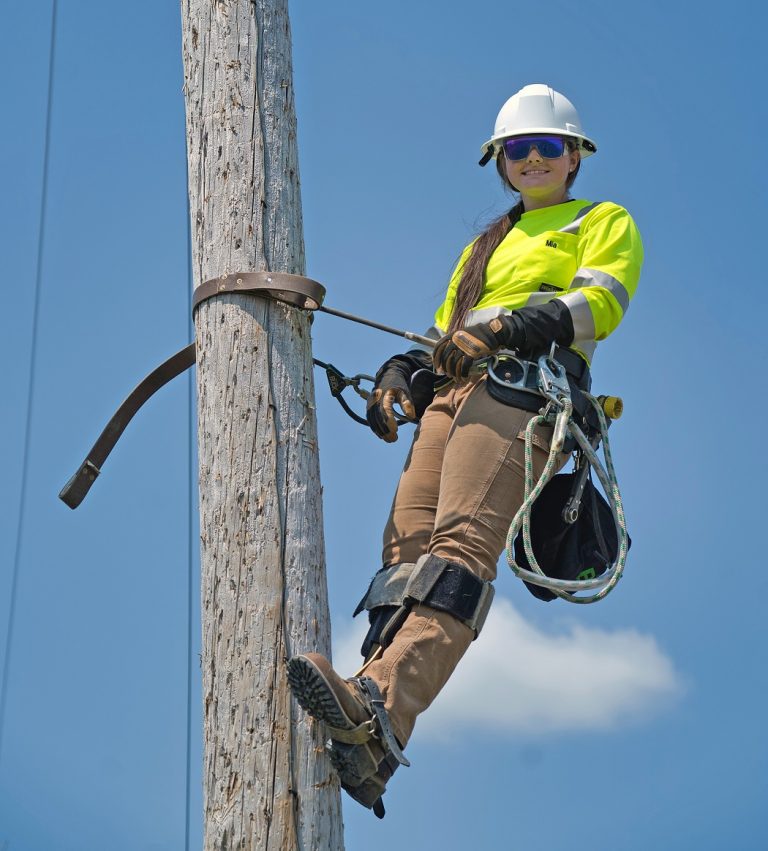Statewide Iowa — An expert on insects says there’s no evidence so-called “murder hornets” are in Iowa and it’s entirely possible they’ll never buzz this far inland.
Donald Lewis, an extension entomologist at Iowa State University, prefers to use the wasp’s proper name, Vespa mandarinia, or the Asian giant hornet.
(As above) “That’s the official name,” Lewis says. “It was a good enough name in its home country of Japan. It should’ve been a good enough name here, but it got called something else which tends to add a little alarmism to the whole process.”
The hornets were found in recent months in Washington state and in British Columbia, Canada in very small numbers and their nests were quickly destroyed.
(As above) “The possibility of the Asian giant hornet in Iowa is very slim,” Lewis says. “There’s a long history of insects finding their way to the North American continent and establishing and becoming invasive species. The chances for this one are slim but it’s worth watching.”
The hornets got their murderous nickname because they can brutally wipe out honey bee colonies by decapitating the smaller, beneficial insects. About a dozen people are killed by the giant hornets every year in Japan, while in the U.S., about 50 people die every year from getting stung by various insects. In addition to being the world’s largest hornet at up to two inches long, their coloring is very distinctive.
(As above) “This is a huge wasp and it’s typical of all wasps with an elongated, slender body,” Lewis says. “They have four wings. The abdomen has a black-and-orange stripe. The head is orange, but the eyes are very black, which makes the eyes very prominent.”
For the most part, if you don’t mess with the hornet, it won’t mess with you, Lewis says, but it will attack if provoked and its sting can be very painful and potentially fatal. If you encounter one, he says the best defense is simply to steer clear.











